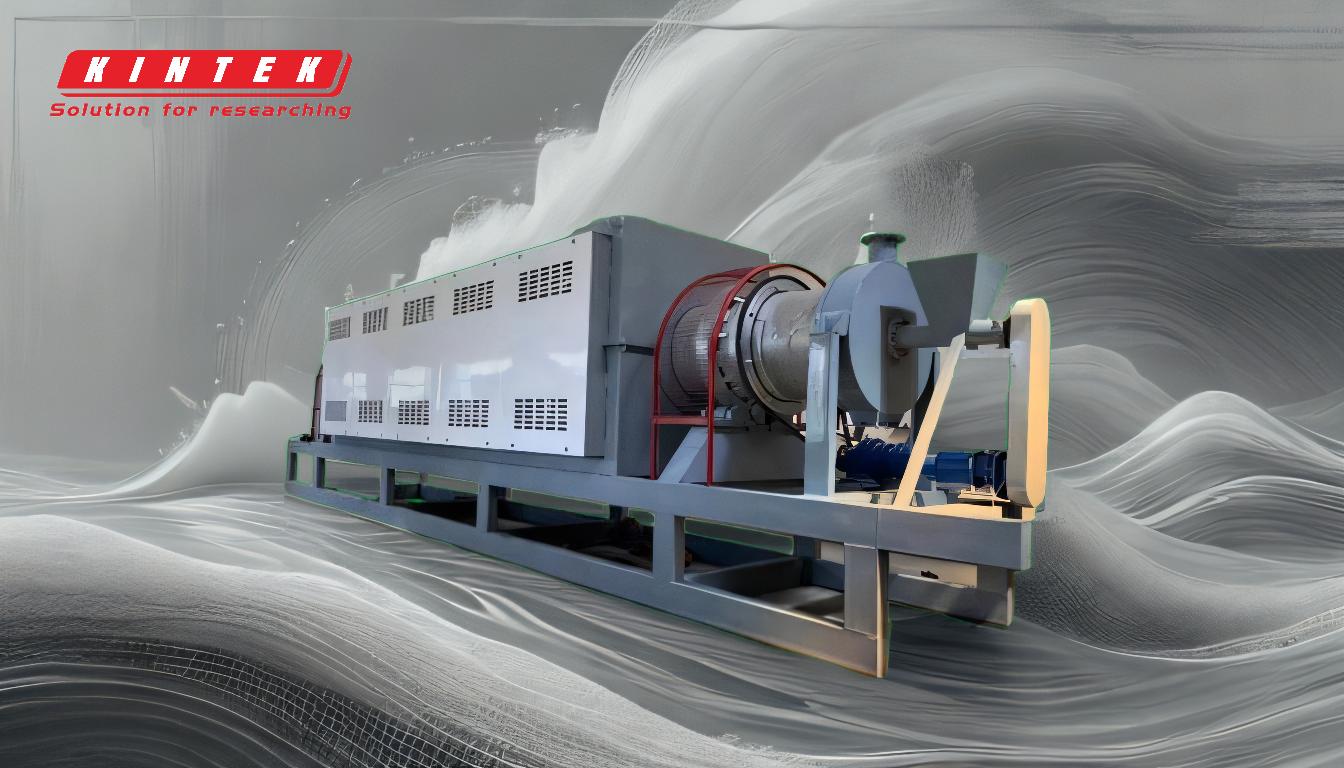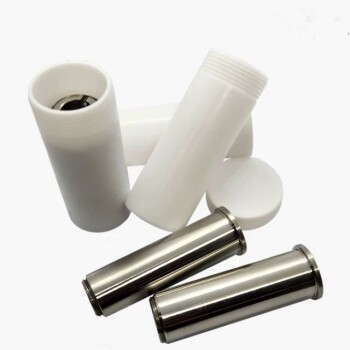Tyre pyrolysis oil is a complex mixture derived from the thermal decomposition of tyres in the absence of oxygen. It primarily consists of oxygenated organic compounds, polymers, and water, with a high aromatic content and some aliphatic hydrocarbons. The oil contains up to 40% oxygen by weight, which contributes to its non-volatile, corrosive, and thermally unstable nature. Key components include low molecular weight compounds like formaldehyde and acetic acid, as well as high molecular weight phenols, anhydrosugars, and oligosaccharides. The oil is dark brown, has a smoky odor, and is unstable over time, with viscosity increasing due to condensation reactions.
Key Points Explained:
-
Primary Composition:
- Oxygenated Organic Compounds: These are the dominant components, contributing to the oil's high oxygen content (up to 40% by weight). Examples include formaldehyde, acetic acid, and phenols.
- Polymers: These are large, complex molecules formed during pyrolysis, contributing to the oil's viscosity and stability issues.
- Water: Typically makes up 20-30% of the oil by weight, affecting its overall properties and stability.
-
Aromatic and Aliphatic Hydrocarbons:
- Aromatic Content: The oil has a high concentration of aromatic compounds, which are ring-structured hydrocarbons. These contribute to the oil's chemical complexity and reactivity.
- Aliphatic Hydrocarbons: These are straight or branched-chain hydrocarbons present in smaller amounts, adding to the oil's diversity of chemical species.
-
Low Molecular Weight Compounds:
- Formaldehyde and Acetic Acid: These are small, volatile compounds that contribute to the oil's reactivity and potential health hazards.
- Other Low Molecular Weight Compounds: These include a variety of oxygenated species that influence the oil's chemical behavior.
-
High Molecular Weight Compounds:
- Phenols: These are complex organic compounds with hydroxyl groups attached to aromatic rings, contributing to the oil's corrosive nature.
- Anhydrosugars and Oligosaccharides: These are sugar-derived compounds that add to the oil's complexity and instability.
-
Physical and Chemical Properties:
- Color and Odor: The oil is dark brown with a distinctive acrid, smoky smell, which can cause irritation or health issues.
- Corrosiveness: Due to its high oxygen content and acidic compounds, the oil is corrosive to metals and other materials.
- Instability: The oil is thermally unstable and prone to polymerization, leading to increased viscosity over time.
-
Behavior Over Time:
- Viscosity Increase: The oil undergoes condensation reactions, leading to a gradual increase in viscosity, making it difficult to handle and store.
- Non-Reversibility: Once recovered, the oil cannot be completely re-vaporized, limiting its potential applications.
Understanding the composition of tyre pyrolysis oil is crucial for its potential applications and handling. The high oxygen content and complex mixture of compounds make it distinct from conventional petroleum products, necessitating specialized storage and processing techniques.
Summary Table:
| Property | Description |
|---|---|
| Primary Composition | Oxygenated organic compounds (up to 40% oxygen), polymers, and water (20-30%). |
| Aromatic Content | High concentration of ring-structured hydrocarbons, contributing to reactivity. |
| Aliphatic Hydrocarbons | Straight or branched-chain hydrocarbons present in smaller amounts. |
| Low Molecular Weight | Formaldehyde, acetic acid, and other volatile compounds. |
| High Molecular Weight | Phenols, anhydrosugars, and oligosaccharides. |
| Physical Properties | Dark brown color, smoky odor, corrosive, and thermally unstable. |
| Behavior Over Time | Viscosity increases due to condensation reactions; non-reversible. |
Want to learn more about tyre pyrolysis oil and its applications? Contact us today for expert insights!









